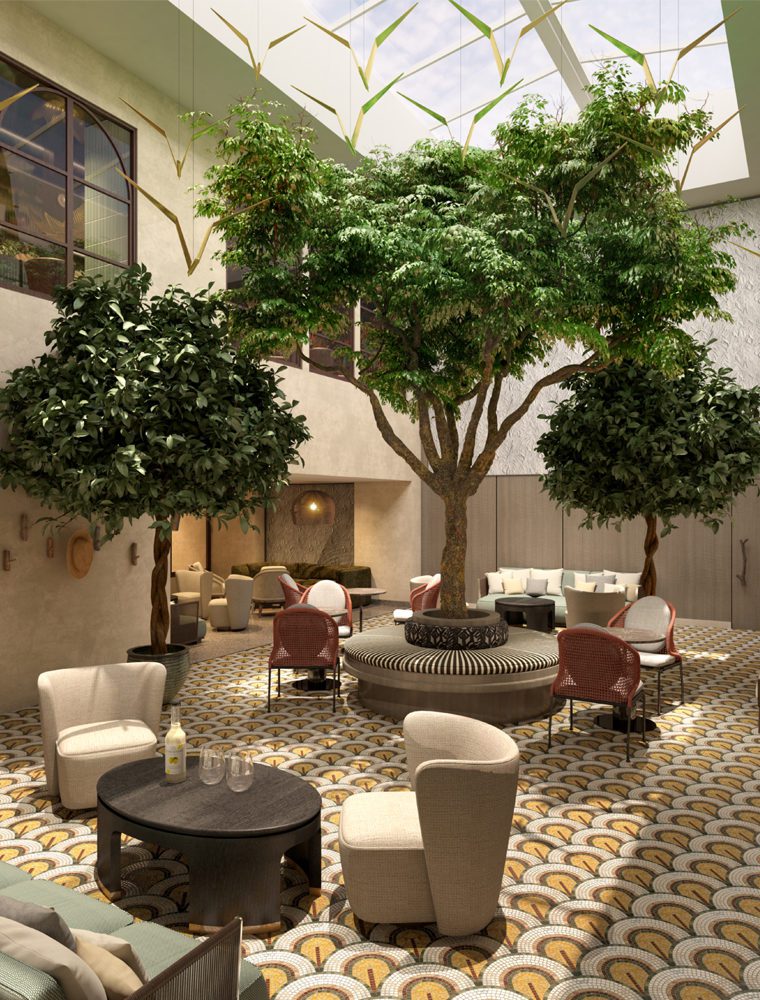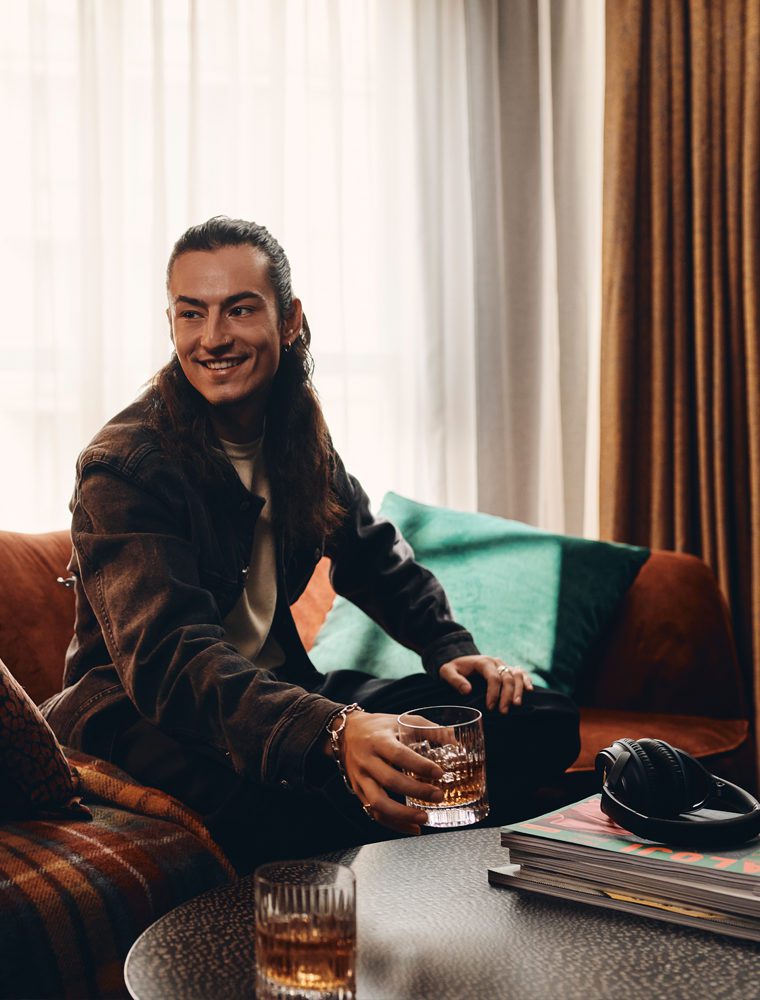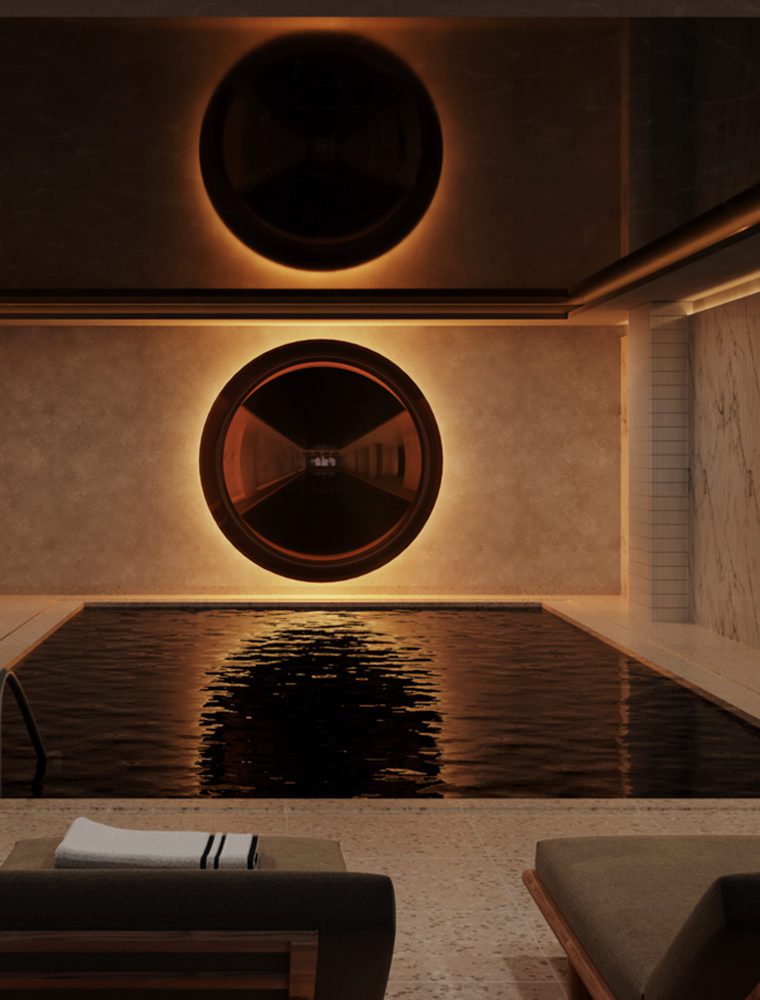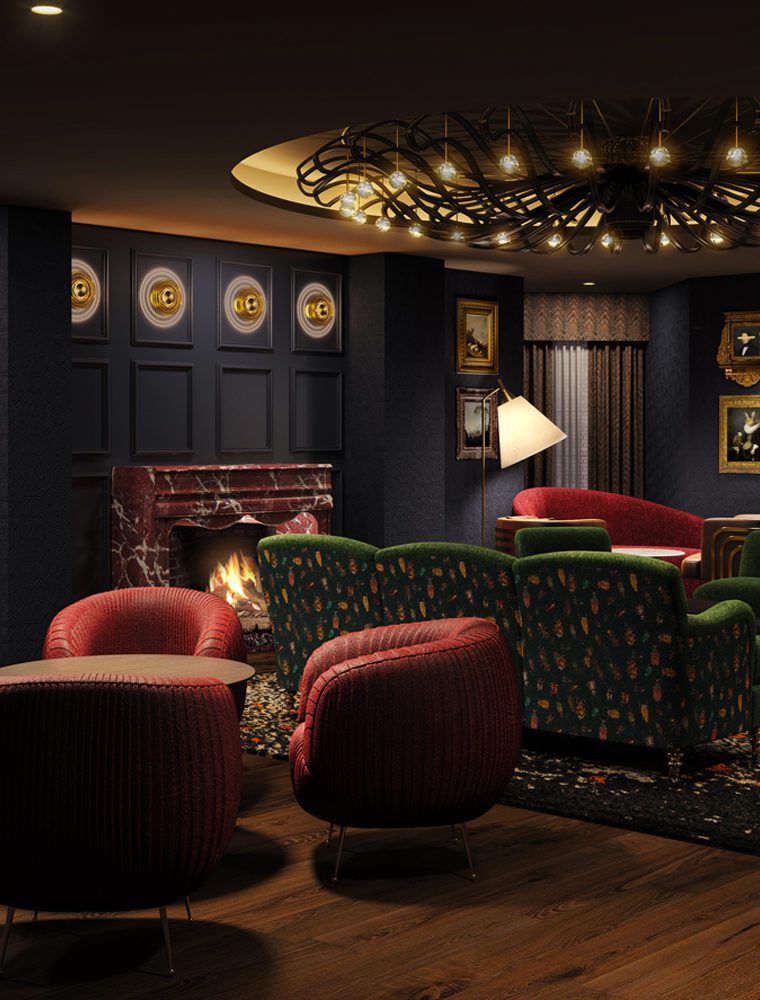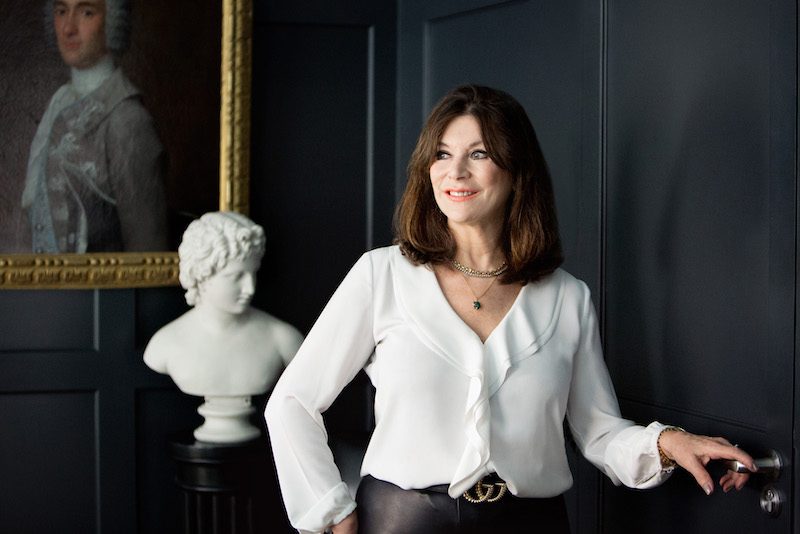
Disruption is not a lightning flash moment of inspiration divorced from everything that has preceded it, instead, it is an iterative process, an evolution of an idea that builds on insight and experience.
The journey to create a new category-defining idea, a Residents’ Club and the launch of The Other House, has roots in the very outset of my career at the advertising agency Saatchi & Saatchi. There the importance of understanding the consumer, their needs, how they behave and how you talk to them was key and has been a guiding principle in my approach since then.
Whilst there, a passion for buying, designing and renovating property to maximise returns subsequently turned into a full-time career. I could see that nobody was really catering to the needs of the foreign property investor – not being on the ground, they required a one-stop shop that would help them successfully find, purchase, refurbish and rent out properties. Enter London Central Portfolio (LCP), my first copmany. It broke the mould of the traditional estate agent who only represent the seller. It was the first company to act for the buyer and approach residential property as an alternative asset class to optimise returns. Firmly based on personal experience, it was something completely intuitive to me. However, it represented a fundamental sea change in the market, borne purely out of a recognition of what the market needs were and how we could be at the forefront of meeting them. LCP quickly grew into a full-service asset management company focusing on the residential sector and has been a foremost player and industry expert in the prime central London market since then.
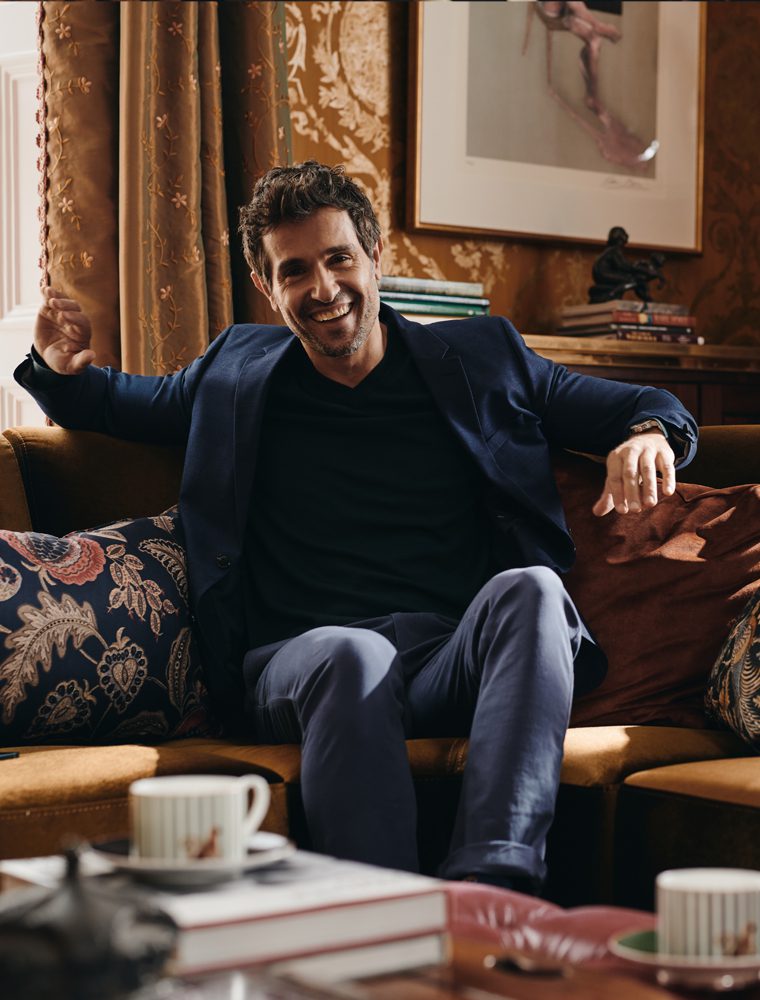
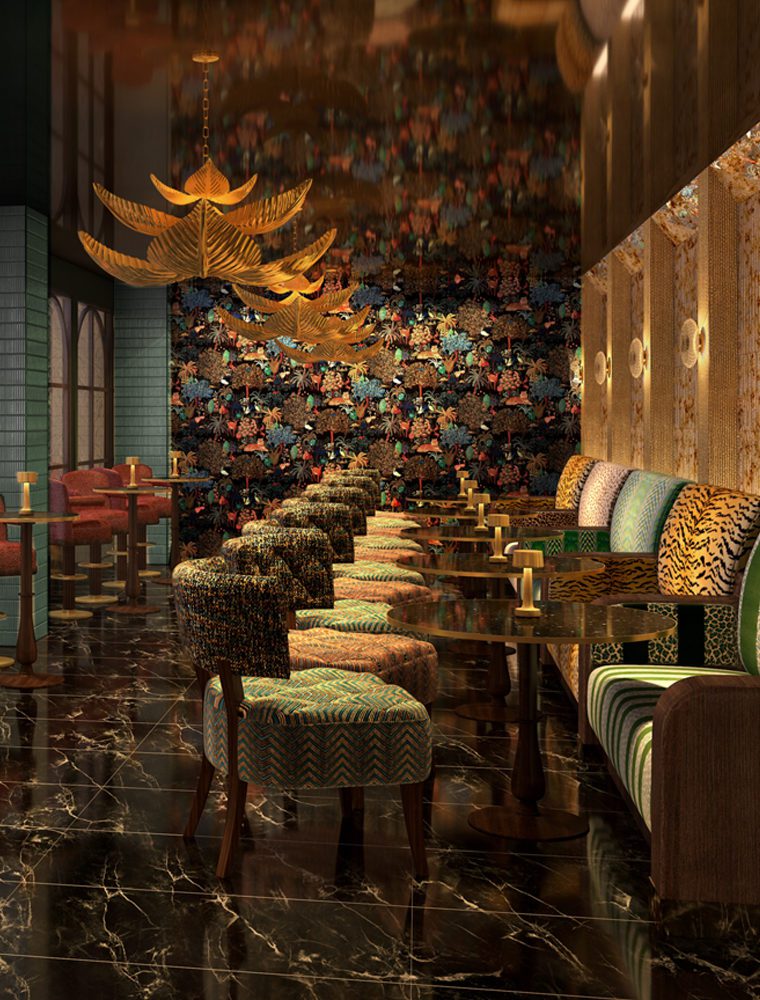
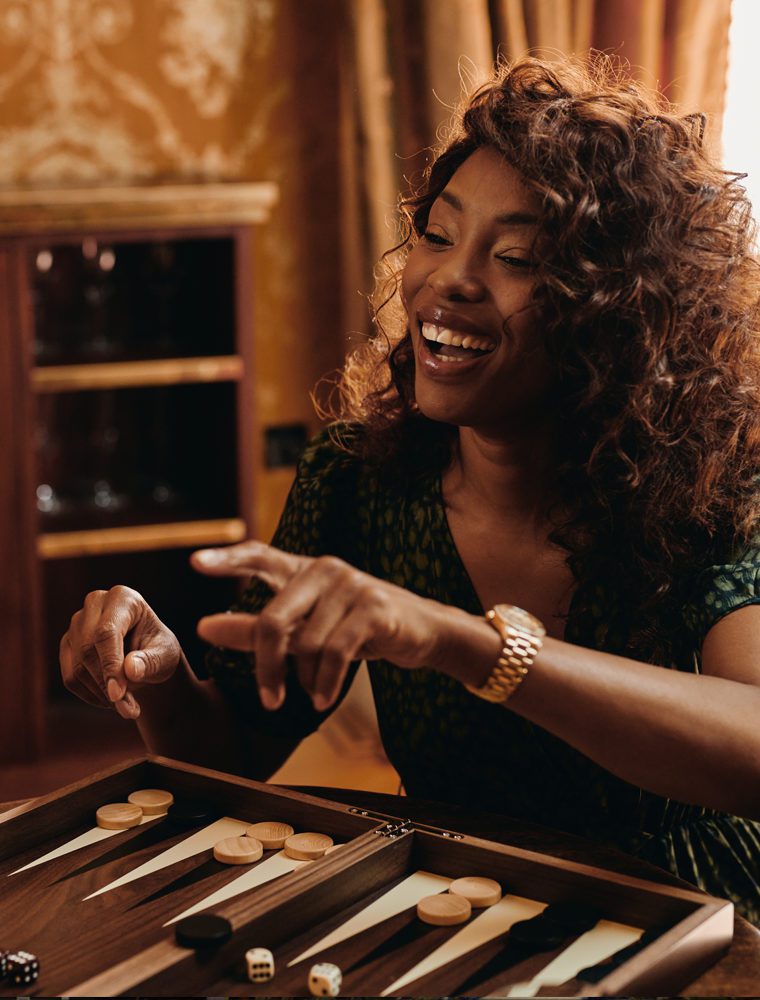
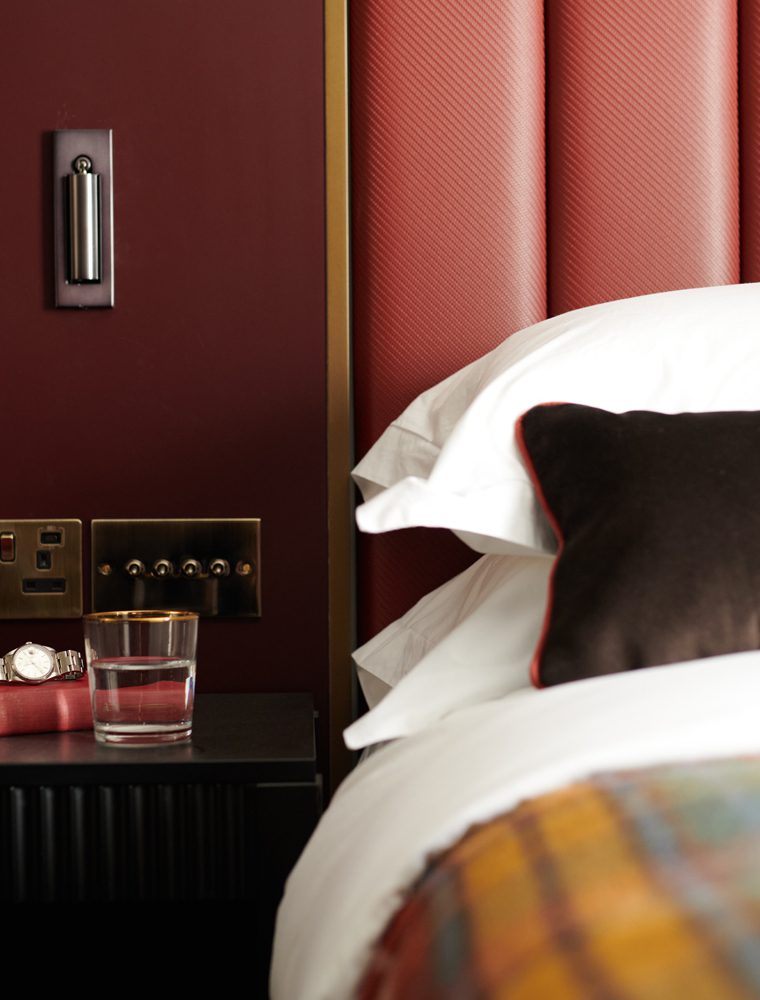
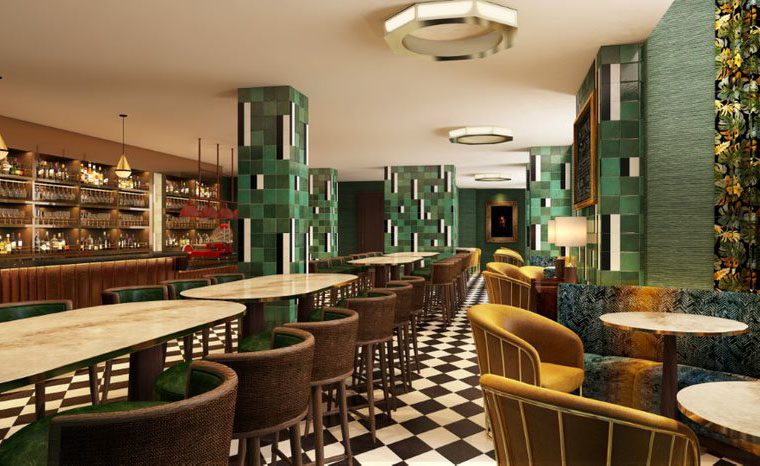
The evolution of The Other House came similarly from observing the behaviour and needs of those who rented our investment properties. Often international or simply looking for a central London base, they prized location over size, electing to rent a prime pied a terre rather than a spacious suburban flat; they loved our super-smart interior design, and they belonged to a digital generation who were no longer prepared to wait for service. I realised that what they wanted were all the benefits of living like a local but with access to hotel-style service. You could almost say a ‘long-stay hotel’. On the other hand, the typical hotel guest had service, often too intrusive for today’s millennials, but craved a sense of place, a feeling of belonging.
So why not create exactly that? Mashing together the best of residential lettings with the best of hotels. A stunningly designed Residents’ Club that effortlessly combines apartment-style living with hotel services and an exclusive private club for all our Residents to enjoy. Something which feels like your other house for as long as you are in town, whether that be a night, a week, a month or a year. Something with a great sense of place and position within a neighbourhood, coupled with the immediacy of service that technology gives (and customers demand) and a feeling of community with like-minded travellers. The Other House was born.
I have always admired how the late 20th and early 21st centuries have seen unprecedented transformation and change, led in large part by the tech giants that dominate our lives today. They are inspirations that have subconsciously informed how we built The Other House: elegantly designed product and ecosystems from Steve Jobs, Jeff Bezos’ attitude of giving people what they want when they want, Mark Zuckerberg’s desire to connect people and Bill Gates’ simplification and streamlining of processes. Not to mention a little of Elon Musk’s impish, maverick charm.
My career has always been about continual change, spotting the opportunities ahead of others and capitalising on them. The Other House is the next chapter, this is evolution not revolution.
